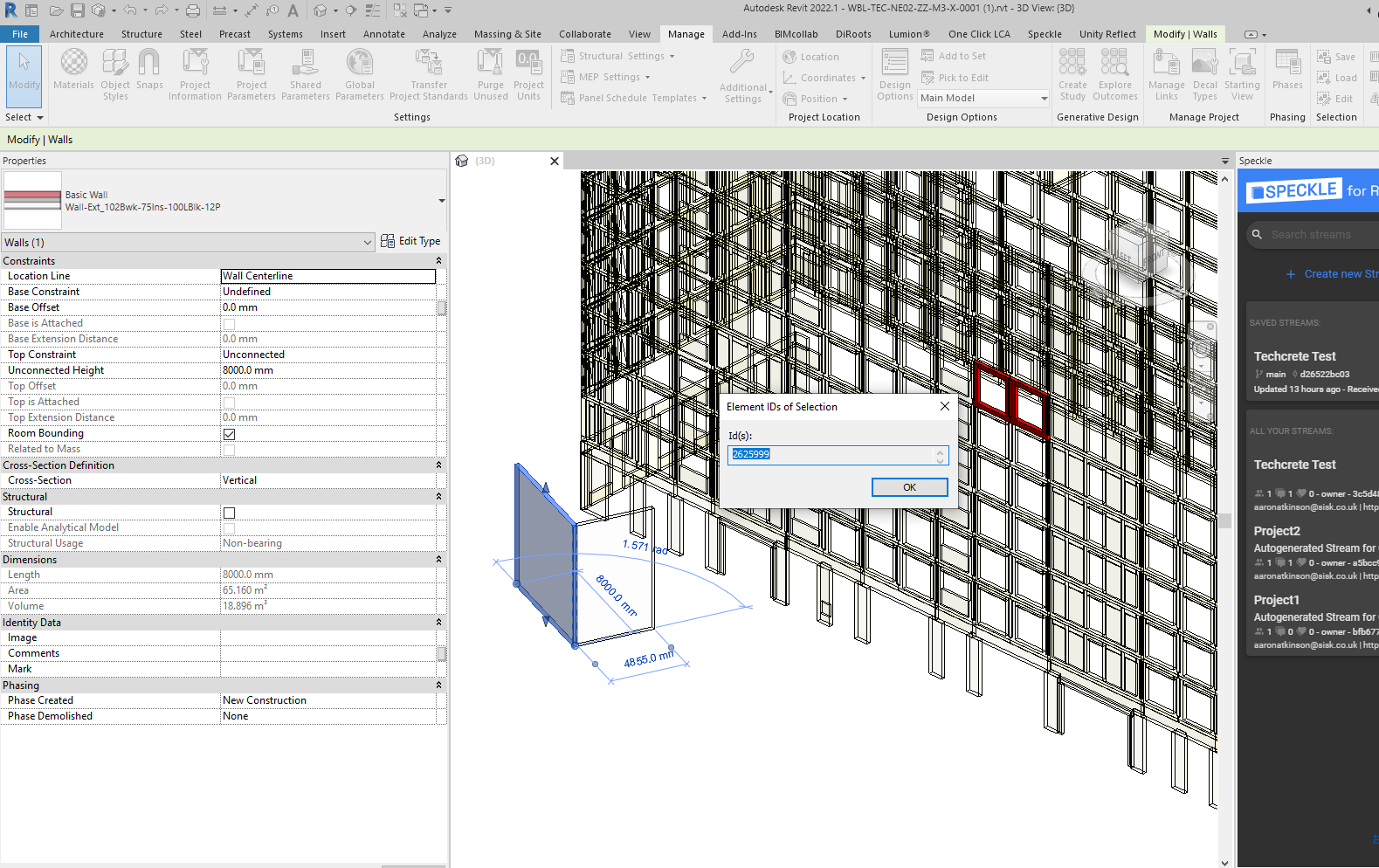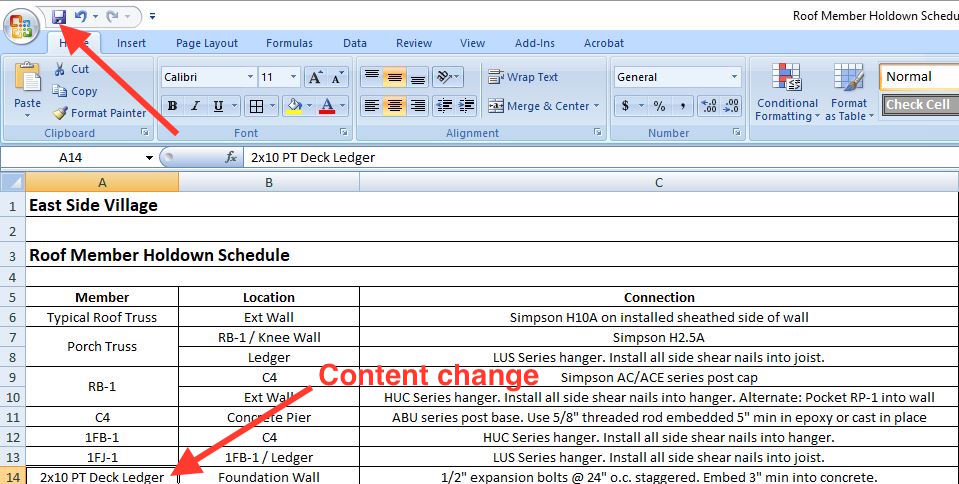Excel-to-Revit: A Game-Changing Process for Architectural Design - Revealing the Secrets
Are you tired of costs hours on building design? Look no more! Introducing excel-to-revit, the game-changing workflow that will certainly reinvent your design procedure. With excel-to-revit combination, you can improve your building layout, unlock effectiveness, and optimize partnership within your team. In this write-up, we will certainly reveal the tricks of this effective device, showing you just how it can change your layout tasks. Prepare to take your building layout to the next level with excel-to-revit!
The Power of Excel-to-Revit Combination

Picture the comfort of having the ability to upgrade and modify job information in Excel, and promptly see those modifications reflected in your Revit design. No extra hands-on data entry or tedious updates. With Excel-to-Revit integration, you can conserve time and reduce errors by leveraging the power of Excel's functions and formulas to immediately create exact data in Revit.
Not just does this integration boost effectiveness, but it additionally boosts collaboration among team participants. You can conveniently share Excel data with colleagues, that can after that import the data into their Revit models. This promotes a smooth exchange of info and guarantees that everyone is dealing with the most up-to-date data.

Improving Building Layout With Excel-To-Revit
Enhancing architectural layout is simplified with using Excel-to-Revit (revit tools). With this effective integration, you can optimize your process and conserve valuable time throughout the layout process. By leveraging the capacities of Excel and Revit, you can seamlessly move data between the two platforms, removing the need for hands-on data entrance and decreasing the risk of errors
Excel-to-Revit allows you to import and export data easily, enabling you to conveniently update and change your building styles. You can develop routines, calculate amounts, and generate records in Excel, and after that transfer that data straight right into your Revit model. This integration makes sure that your style info is always current and integrated, eliminating the requirement for hand-operated updates and reducing the possibilities of disparities.
By making use of Excel-to-Revit, you can likewise capitalize on the effective computational capabilities of Excel. You can execute complicated estimations, analyze information, and automate repetitive jobs, all within Excel. With just a few clicks, you can import the results back into Revit, allowing you to make educated style decisions and optimize your building designs.
Unlocking Efficiency: Exploring the Excel-to-Revit Process
Optimize your productivity by effortlessly integrating Excel and Revit for a much more efficient operations. With the Excel-to-Revit operations, you can open a whole new degree of efficiency in your building style procedure. By using the power of Excel's data management capacities and integrating it with the flexibility and precision of Revit, you can simplify your design procedure and save beneficial time.
Among the key benefits of this combination is the capacity to import and export information in between Excel and Revit. This suggests that you can conveniently move project details, such as space timetables or product amounts, from one software application to the various other, eliminating the requirement for manual data entrance and reducing the possibilities of mistakes. You can likewise produce custom-made formulas and estimations in Excel to automate recurring tasks and carry out complicated calculations, which can then be effortlessly incorporated into your Revit models.
Moreover, the Excel-to-Revit operations permits far better sychronisation and cooperation in between staff member. With Excel acting as a main information center, multiple staff member can work with various elements of the project concurrently, sharing and updating information in real-time. This not only enhances communication but also makes sure that everyone is collaborating with one of the most up-to-date information, removing the threat of disparities.
Optimizing Collaboration: Excel-to-Revit for Architectural Teams
By flawlessly incorporating Excel and Revit, building groups can considerably improve partnership and achieve more reliable design outcomes. When using this powerful operations, you can conveniently transfer information in between Excel spreadsheets and Revit designs, improving the design procedure and improving interaction amongst group participants.
Moreover, by leveraging Excel's powerful estimation capacities, you can execute complicated estimations and analysis on your style information, driving and providing important find out here now insights educated decision-making. This integration also enables you to export information from Revit to Excel, enabling you to produce detailed records, charts, and graphs for discussions and analysis. This collaborative workflow advertises effective interaction and sychronisation amongst staff member, as Excel acts as a central hub for data monitoring and sharing.
Total, by welcoming the Excel-to-Revit workflow, architectural teams can attain greater degrees of partnership, effectiveness, and precision in their layout procedure. revit tool. This assimilation empowers groups to function with each other seamlessly, making certain that every person is on the same web look at these guys page and adding to the success of the task
Revealing the Secrets of Excel-to-Revit Integration

One of the tricks of Excel-to-Revit assimilation is the ability to leverage the power of solutions and estimations in Excel to drive criteria and generate complex geometries in Revit. You can link Excel spread sheets to Revit family members, permitting you to input data directly into the spreadsheet and have it immediately upgrade in the Revit version. This simplifies the design process and guarantees accuracy and consistency across the job.
One more trick is the capacity to develop personalized timetables and records in Excel, making use of information removed from Revit. This permits you to visualize and analyze project information in a way that is not possible within Revit alone. You can easily generate amount liftoffs, price price quotes, and job timelines, giving beneficial understandings for decision-making and job administration.
Additionally, Excel-to-Revit combination enables efficient collaboration amongst staff member. Several users can deal with the same Excel spreadsheet concurrently, making it much easier to collaborate and track modifications. You can likewise use Excel's commenting feature to offer feedback or connect layout modifications.
Verdict
By incorporating the power of Excel and Revit, architects can currently function a lot more successfully, conserve time, and create much better designs. Start incorporating excel-to-revit assimilation right into your architectural design process today and change the means you function.
With just a few clicks, you can import the outcomes back right into Revit, try this enabling you to make informed layout choices and enhance your architectural layouts.
By making use of the power of Excel's data management capacities and incorporating it with the versatility and precision of Revit, you can streamline your layout process and conserve useful time.
By effortlessly integrating Excel and Revit, building groups can significantly boost collaboration and accomplish extra efficient style end results. When utilizing this powerful process, you can conveniently move data between Excel spread sheets and Revit models, enhancing the layout procedure and enhancing communication among group participants.Additionally, by leveraging Excel's powerful computation capabilities, you can execute complicated calculations and evaluation on your design information, providing beneficial insights and driving notified decision-making.